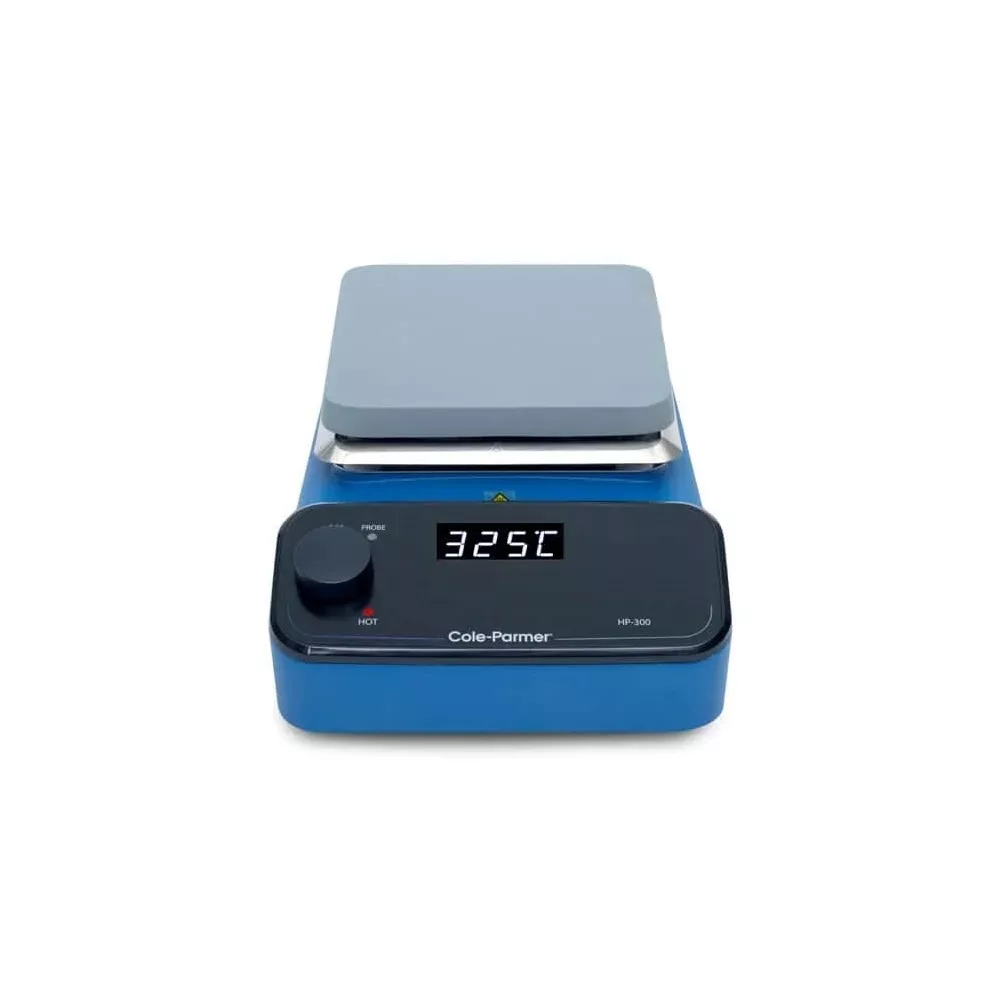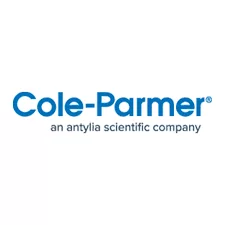Hotplate – Reliable Heating Solution for Laboratory and Industrial Applications
Hotplate Cole Parmer HP-300-BS is a versatile laboratory and industrial heating device designed to provide consistent and controlled heat for a wide range of applications. From simple solution warming to complex chemical reactions, hotplates offer safe and efficient heat transfer without the need for open flames.
Modern laboratory hotplates come with advanced features such as temperature control, magnetic stirring, and safety mechanisms, making them essential equipment in chemical labs, research facilities, and educational institutions.
What Is a Hotplate?
A hotplate is an electrically powered heating device with a flat surface, typically made of ceramic, aluminum, or stainless steel, used to heat containers or samples directly.
Hotplates are commonly used for:
-
Heating Solutions – Warm liquids, solvents, and chemicals evenly.
-
Evaporation – Remove solvent from samples in chemical analysis.
-
Sample Preparation – Preheat, dry, or melt samples for testing.
-
Support for Magnetic Stirring – Combine heat with mixing for uniform reactions.
Types of Laboratory Hotplates
-
Standard Hotplates
-
Provide basic, consistent heating.
-
Ideal for general laboratory applications.
-
-
Hotplate Stirrers (Magnetic)
-
Combine heating and stirring in one unit.
-
Perfect for chemical reactions and solution homogenization.
-
-
Digital Hotplates
-
Offer precise temperature control and programmable settings.
-
Often include LED/LCD displays for real-time monitoring.
-
Why Use a Hotplate in the Laboratory?
-
✅ Safe and Flame-Free Heating – Reduces fire hazards in chemical labs.
-
✅ Consistent Temperature Control – Maintains stable heat for accurate results.
-
✅ Versatile Applications – Suitable for beakers, flasks, and metal vessels.
-
✅ Compact and Portable Design – Ideal for crowded lab benches or mobile setups.
-
✅ Supports Modern Lab Workflows – Integrates with magnetic stirring for uniform reactions.
How a Hotplate Works
-
Electrical Heating – Electric current heats the internal element.
-
Heat Transfer to Surface – Thermal energy is conducted to the plate.
-
Sample Heating – Beakers, flasks, or containers absorb heat efficiently.
-
Optional Stirring (if equipped) – Magnetic stir bars mix liquids for uniform heating.
Key Features of Modern Hotplates
| Feature | Description |
|---|---|
| Adjustable Temperature Control | Precisely regulate heat for various experiments |
| Durable Surface Materials | Ceramic, aluminum, or stainless steel for chemical resistance |
| Overheat Protection | Enhances lab safety by preventing excessive heat buildup |
| Magnetic Stirring Option | Provides uniform mixing during chemical reactions |
| Digital Display | Real-time temperature and speed monitoring |
| Compact, Lightweight Design | Easy to move and ideal for space-limited environments |
Applications of Hotplates
| Industry/Field | Application Example | Purpose |
|---|---|---|
| Chemical & Research Labs | Sample heating and solution preparation | Experimentation and analysis |
| Pharmaceutical | Drug synthesis and compound testing | Quality control and R&D |
| Food & Beverage | Sample drying and ingredient testing | Safety and quality verification |
| Educational Labs | Chemistry and biology experiments | Teaching and training purposes |
| Industrial QC | Material testing and heat treatment | Consistency and quality assurance |
Benefits of Using a Hotplate
-
🔥 Flame-Free Heating – Enhances lab safety and reduces contamination risk.
-
⏱ Time-Efficient – Heats samples quickly and evenly.
-
🧪 Compatible with Multiple Lab Tasks – Supports evaporation, boiling, and drying.
-
📊 Accurate and Repeatable Results – Digital models allow precise temperature control.
-
⚡ Energy-Efficient and Durable – Long-lasting with minimal energy consumption.
Choosing the Right Hotplate
-
Temperature Range – Select a model that meets your experiment’s heating needs.
-
Surface Material – Ceramic for chemical resistance, aluminum for faster heat transfer.
-
Magnetic Stirring – Choose a hotplate stirrer for uniform mixing.
-
Digital vs. Analog – Digital offers precision, while analog is simple and cost-effective.
-
Safety Features – Opt for overheat protection and anti-slip surfaces.
Summary
A hotplate is an indispensable heating device in laboratories and industries, providing safe, consistent, and efficient heat for various applications. With modern features like magnetic stirring, digital displays, and robust construction, hotplates streamline lab workflows and enhance safety. Selecting the right hotplate ensures reliable performance for research, testing, and quality control.





Reviews
There are no reviews yet.